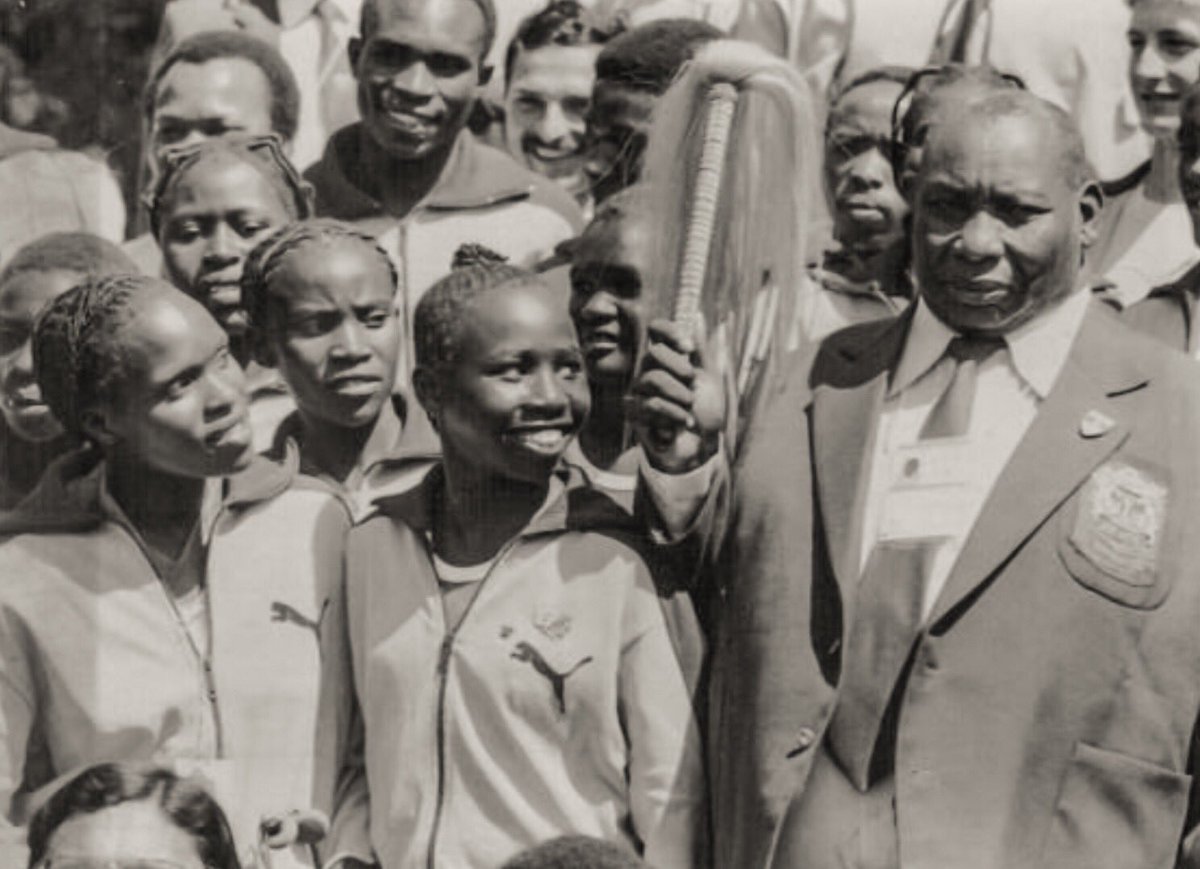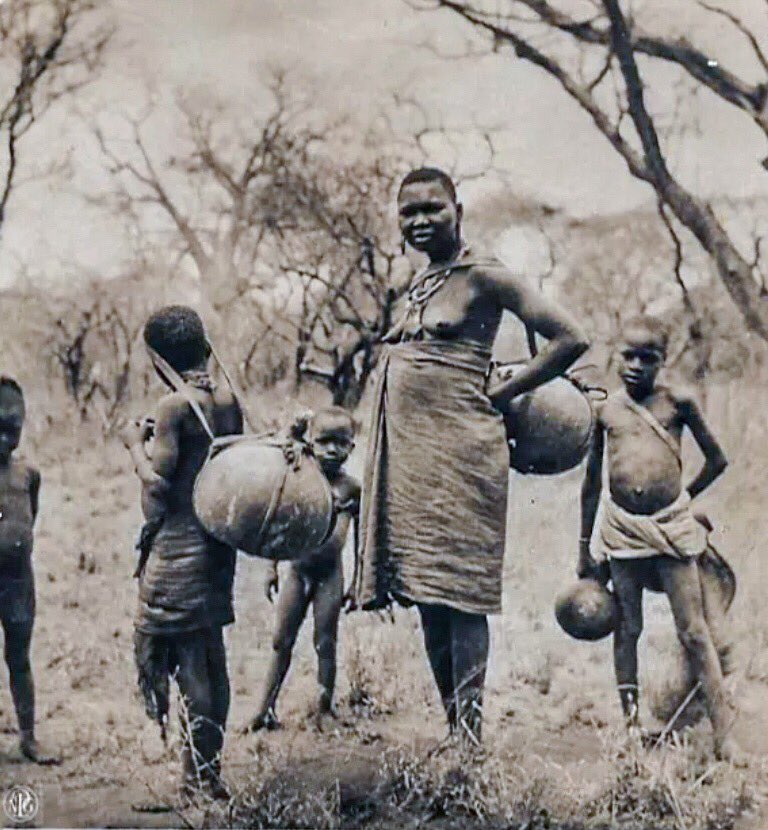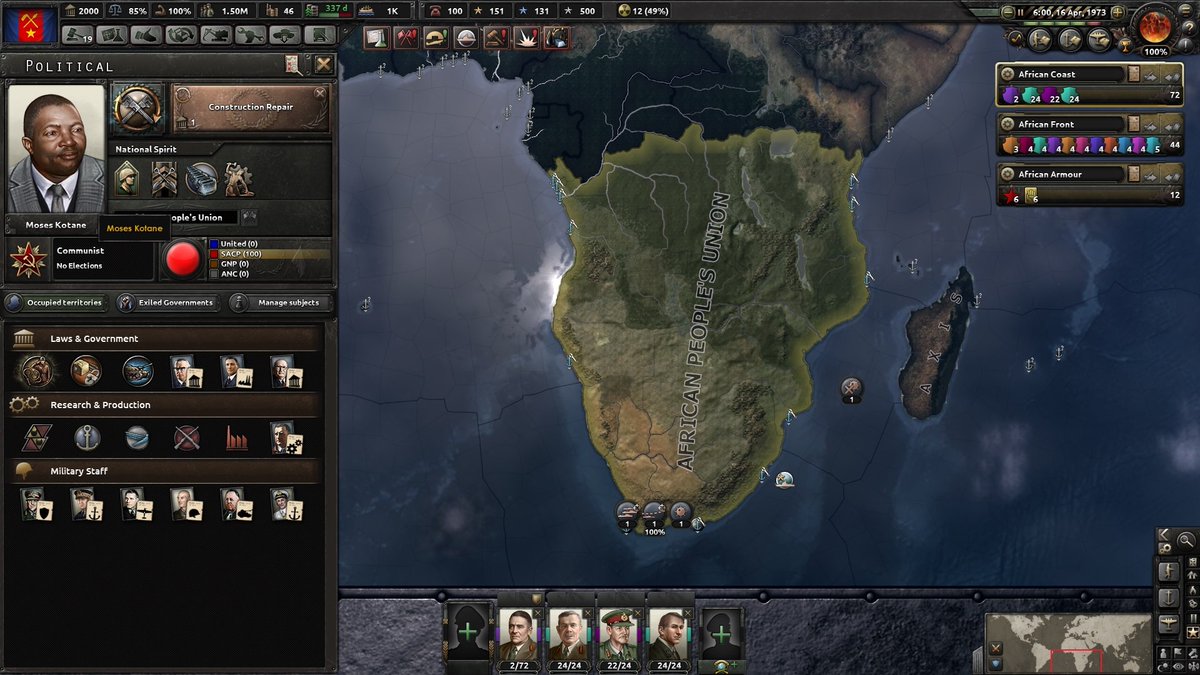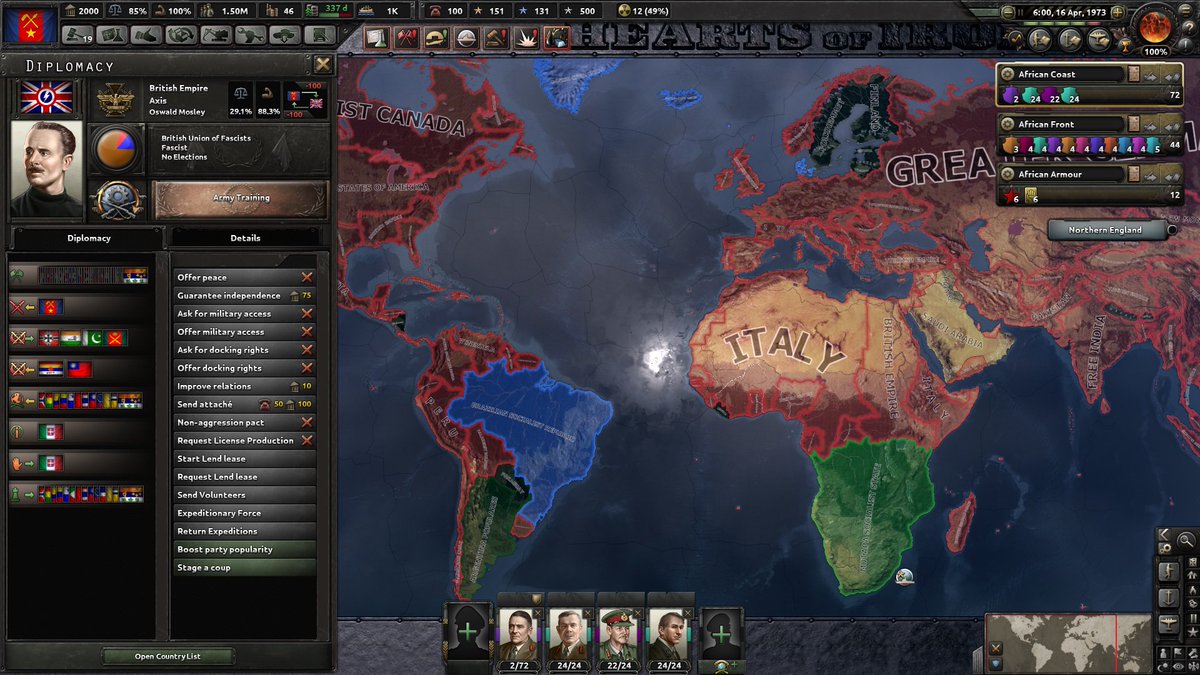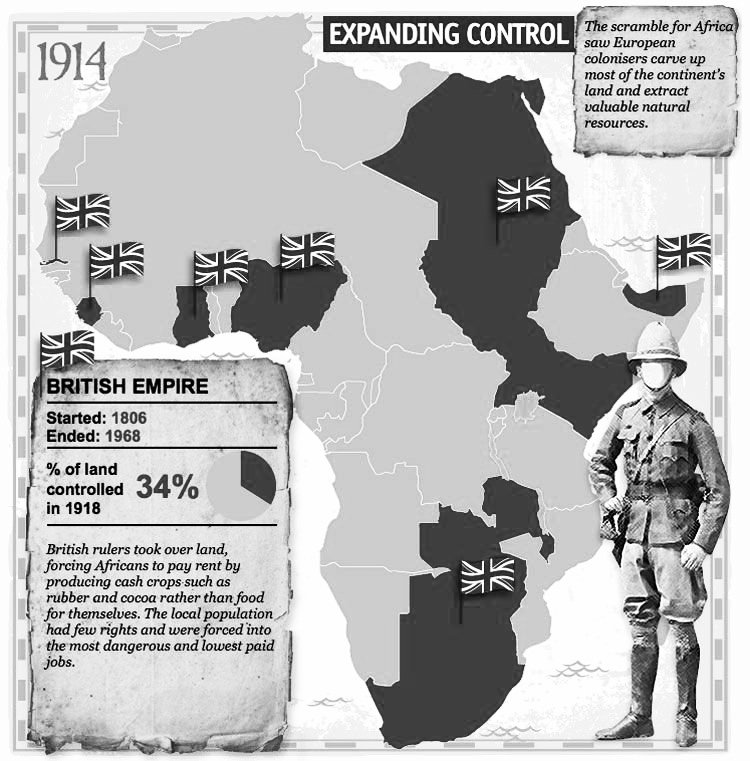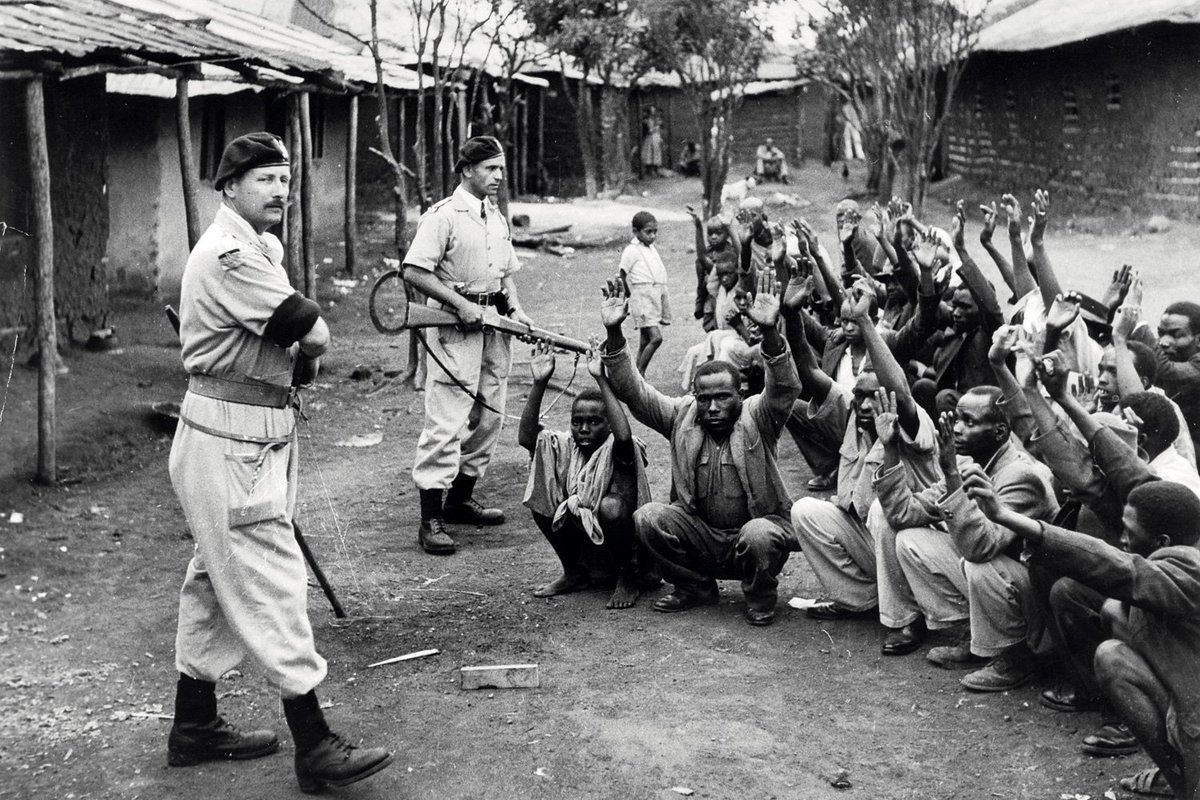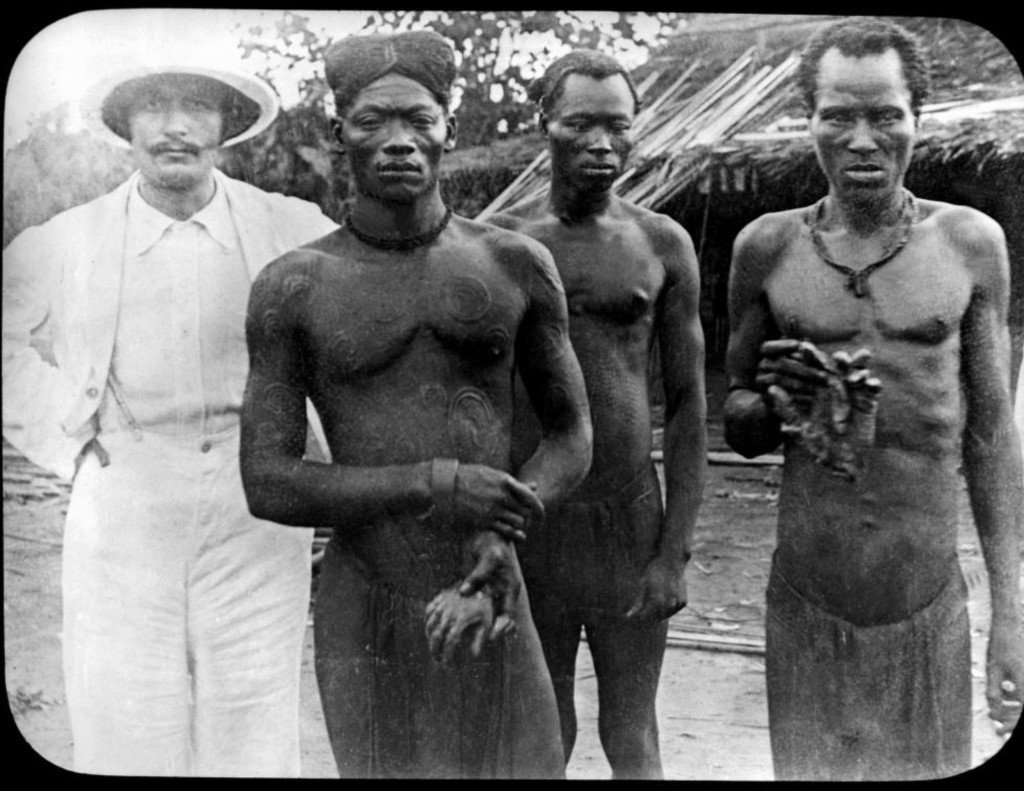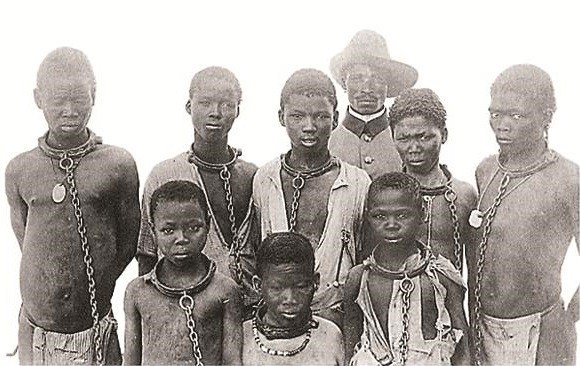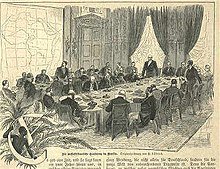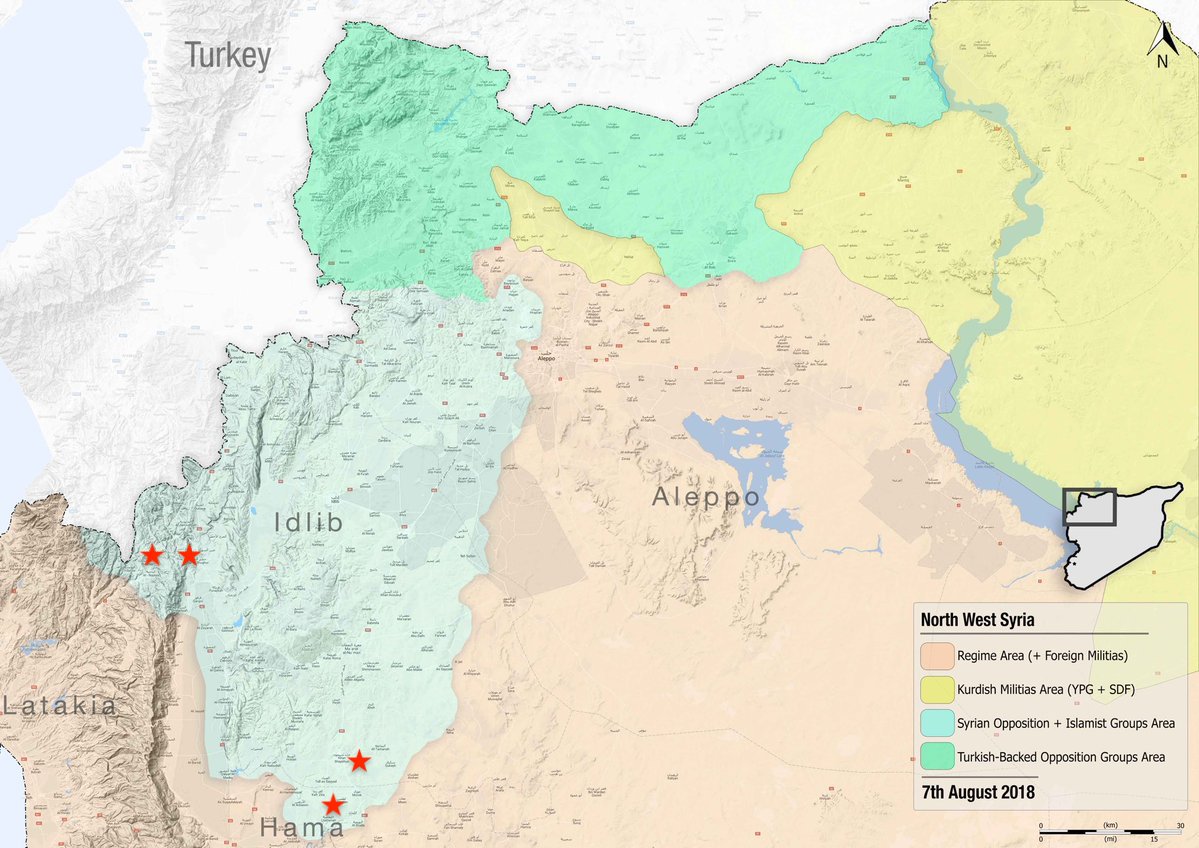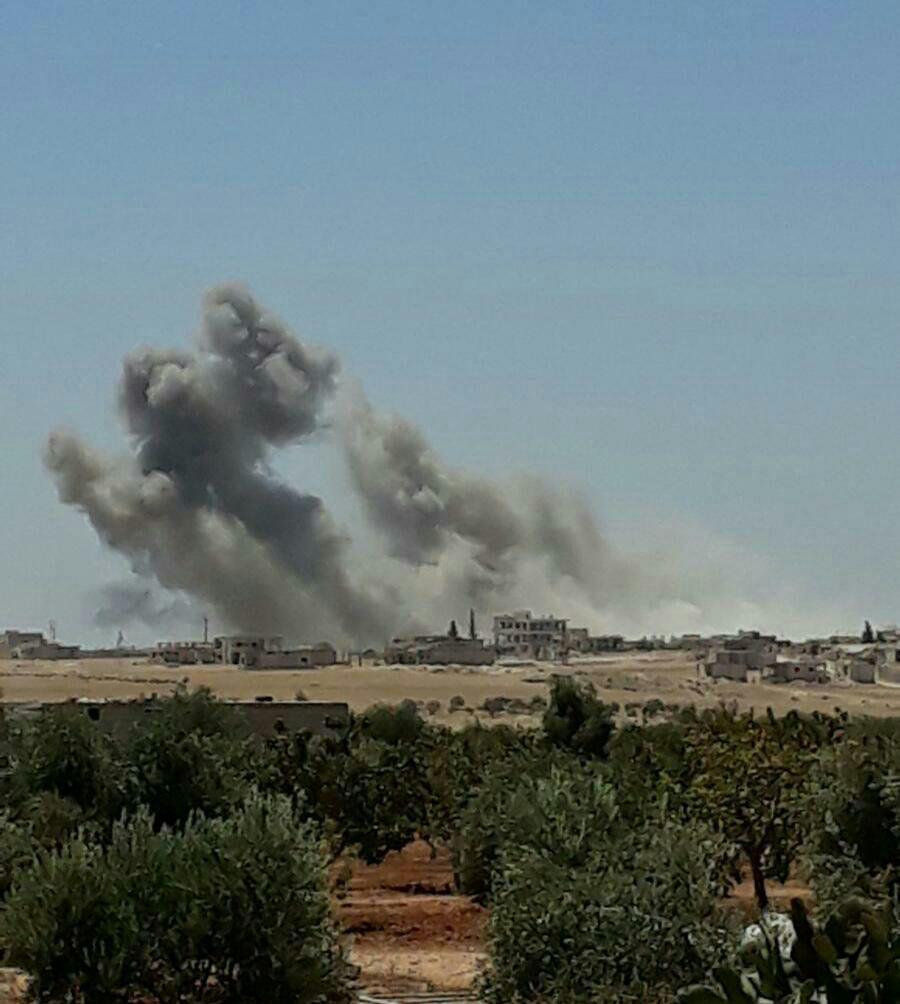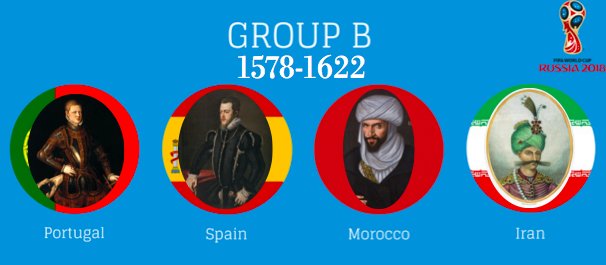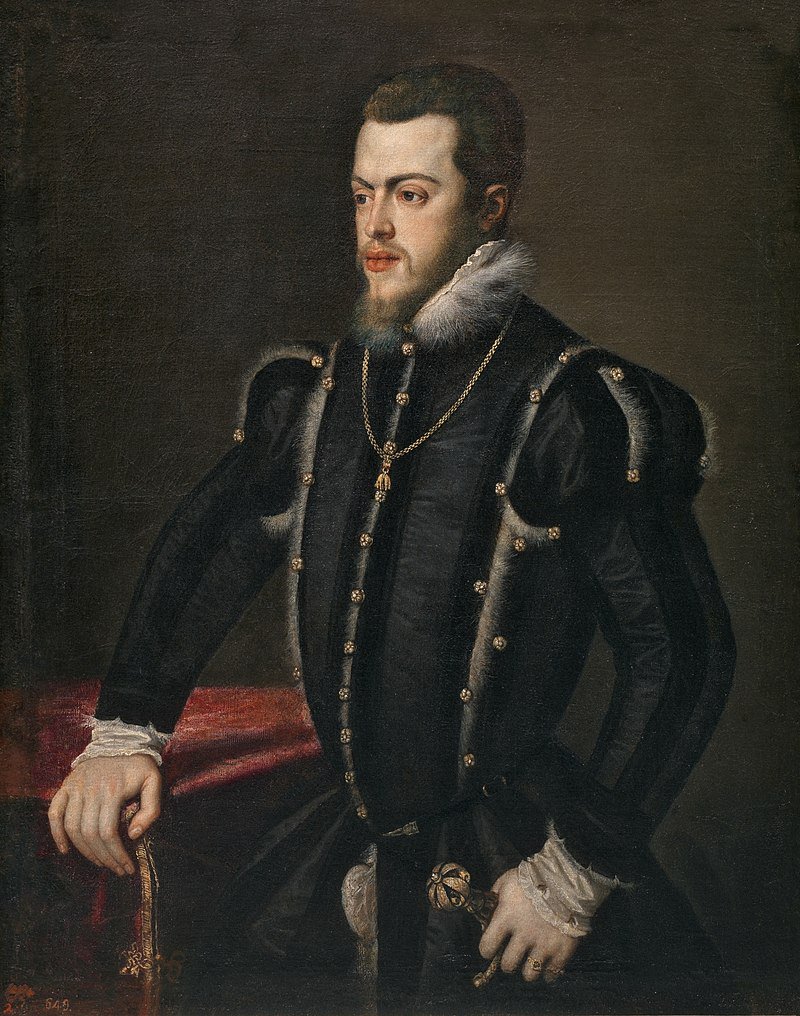— — — — — -
A man who was loathful of the Portuguese and their incursions into the East Coast of Africa, Ali Bey was a Turkish admiral. In 1585, he arrived in Mogadishu in a fleet of several ships.

But unknown to him, and in the wake of his departure, a fleet of eighteen Portuguese ships made its way towards the East African coast.
News of the approach of this marauding tribe, to the obvious horror of locals, reached Mombasa.
Oblivious of the presence of the Zimba, the Portuguese moved in to the south and captured the two Turkish battleships docked there.
In the wake of the “civil wars” between the Segeju and Zimba, the Portuguese went on and captured Pate and Lamu.






